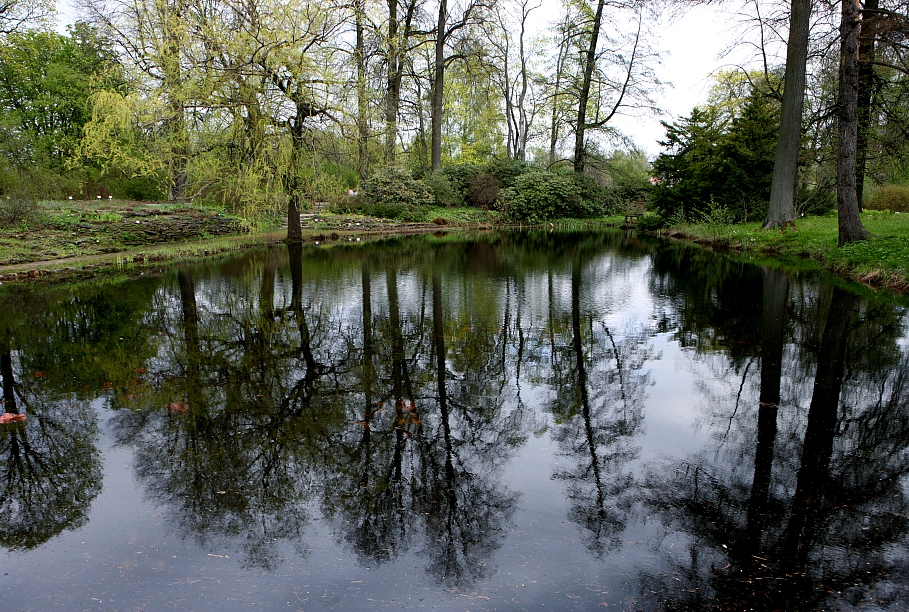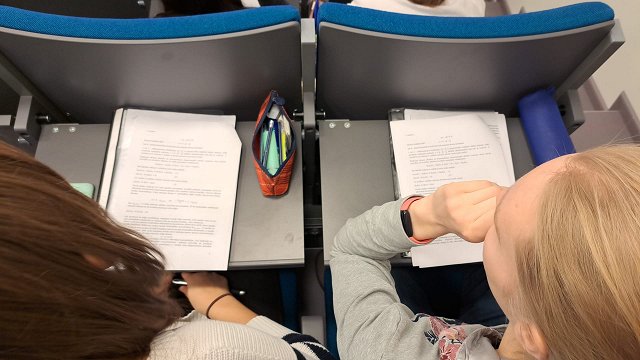The ‘Pond Battery’ is basically a bunch of floating white rings on the surface of the Botanical Gardens’ pond – an experiment with germs in green technology which the installation’s artists designed together with biologists and physicists from the University.
The artists were fascinated by the idea that bacteria were being used to produce electric power – microbes living in mud, garbage piles or pond scum.
“We wondered how such local systems of renewable energy might look in the future, as now they have been piloted in Africa, where there’s the right kind of mud and otherwise no sources of electricity. You hook your telephone up to the mud to charge it… So in Latvia we imagined the potential of the abundant countryside fields and if the technology could be made more effective, then homesteads could just hook straight up to their own properties, from their land itself,” dreams RIXC founder and ‘Pond Battery’ author Rasa Šmite.
You can watch the voltage meters on the internet in livestream – how many volts they generate per minute. Right now it’s reading at 3 volts, reported LTV Panorama’s Judīte Čunka.
“So gradually we’re coming up with these artistic ideas, we’re hoping that by spring the batteries will bloom. We’re working on how to get it to power some outside lighting,” she said of the work in progress.
The recorded video images and data will go on to be used as raw material for future artworks. Already sound artist and composer Voldemārs Johansons has compiled an audio installation. The ‘Pond Battery’ soundtrack will be played back at a premiere hearing in Vienna two weeks from now in an Austrian Public Radio program devoted to the radiophonic arts.
“These aren’t actually any sounds made by the bacteria per se,” explained the multi-media arts pioneer from RIXC. “The sound is made by the fluctuations in the electrical currents they produce. The changes in the flow – this is what speaks to us as artists, and we feel that there will be further creative ideas generated from it, to show how a more green perception, a techno-ecological perspective, how technologies and nature can coexist. The arts can make various scientific discoveries more easily grasped and accessible, bring attention to them. The arts have long-since been no longer just a realm for lonely geniuses.”
As the authors say, art inspires imagination and can encourage scientists to seek innovative solutions and see new horizons.

























